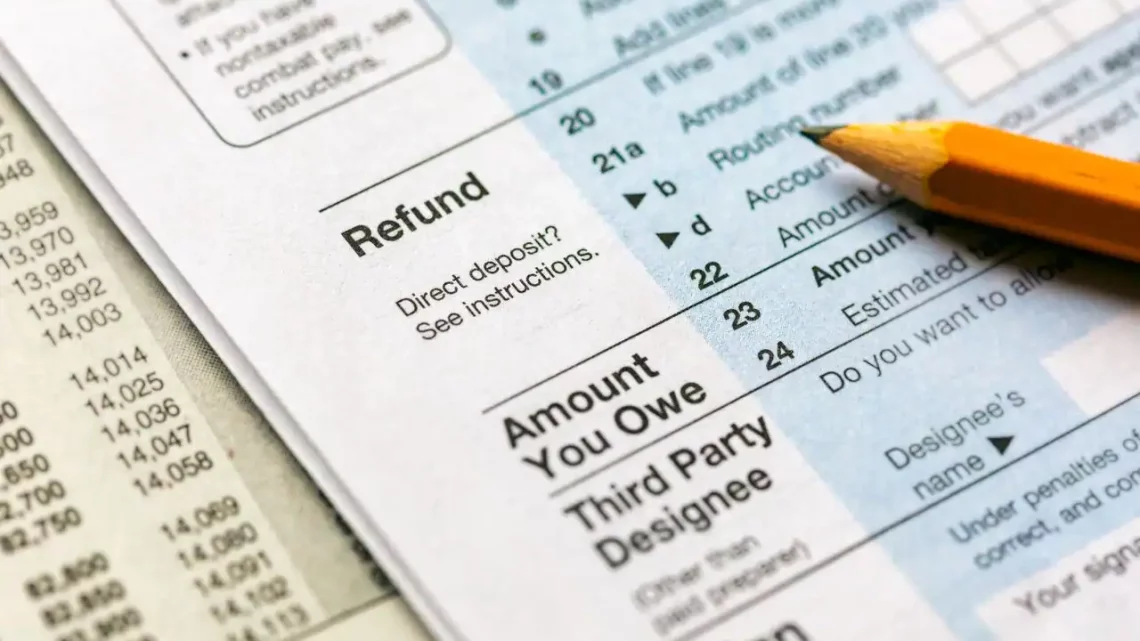
IRS Tax Brackets: How Much You’ll Pay in Taxes in 2021 and 2023
June 8, 2023The Internal Revenue Service (IRS) has announced the income tax brackets for the 2021 and 2023 tax years. The tax rates and brackets will remain the same as they were in 2020, with a few small adjustments. Here’s a look at the 2021 and 2023 IRS tax brackets and how they may affect your taxes.
IRS Tax Brackets for 2021
Income tax is the price you pay for having a government take care of you. How much you pay depends on your income, filing status, and whether you have any dependents. The Internal Revenue Service (IRS) provides tax brackets for individual taxpayers for the 2021 tax year The tax brackets are 0%, 10%, 12%, 22%, 24%, 32%, 35%, and 37%. The tax rate for a single taxpayer with no dependents is 10%. The tax bracket for a married couple filing jointly is 12%.
IRS Tax Brackets for 2023
We have collected data from the Internal Revenue Service (IRS) to provide the highest income tax bracket levels for the 2023 tax year The tax brackets for individual taxpayers are 0%, 10%, 12%, 22%, 24%, 32%, 35%, and 37%. The tax rate for a single taxpayer with no dependents is 10.04%. The tax bracket for a married couple filing jointly is 12%.
How Much You’ll Pay in Taxes in 2021
The U.S. tax code is extremely complex, and there have been a number of changes to it in the past few years. In this article, we detail the new tax brackets for 2021 and 2023 and discuss how taxes might change for dependents and filing jointly versus filing separately Among other things.
The 2021 tax year is approximately half over, and we’re starting to see some Refund anticipation notices from the IRS. This is an official government statement that you are entitled to a refund. If you are among the nearly 27 million Americans who filed their taxes for 2020 on Jan. 31, you might be eligible for a refund as early as this week.
The IRS says most refunds will be deposited between Feb.
How Much You’ll Pay in Taxes in 2023
The United States tax code is incredibly complex, and that’s without considering state taxes. There are seven tax brackets, to be exact, which determine how much you’ll pay in taxes based on your income. They are 10%, 12%, 22%, 24%, 32%, 35%, and 37%. For 2021, the IRS estimated that the bottom four brackets (10%, 12%, 22%, and 24%) would pay 22% of their taxable income, while those in the highest four brackets (32%, 35%, 37%, and 39.6%) would pay an average of 33% of their taxable income. For 2023, things will get more complicated. That’s because the bottom four brackets will pay 24% of their income, while the top four brackets will pay 30% of their income. The new tax brackets are 10%, 12%, 22%, and 24% For tax year 2023.
Possibilities for how taxes could change in 2023, but there are plenty of other things to worry about without worrying about your tax bracket. For example, you might be eligible for an increased child tax credit, but you’ll have to give up your AF card to get it.
What’s Changing with the IRS Tax Brackets for 2021 and 2023
The Internal Revenue Service has announced the tax brackets for the 2021 tax year. The tax rates haven’t changed since the 2018 tax year, with the exception of Tax Cuts and Jobs Act (TCJA), which brought the corporate tax rate down to 21% from 35%.
As mentioned above, the tax brackets for 2023 are going to be different than 2021. For example, those making $75,000 in 2021 will fall in the 12% tax bracket, but that bracket will jump to 24% in 2023.
How to Minimize Your Taxes Using the IRS Tax Brackets
The IRS tax brackets for the 2021 and 2023 tax years were announced recently and will have a major impact on how much you pay in taxes But, what can you do to minimize your tax bill? The first step is understanding your tax bracket. To do this, the IRS provides a tax rate schedule on its website that shows what percentage of your income will be taxed in each tax bracket.
The Internal Revenue Service has announced the income tax brackets for the 2021 and 2023 tax years. The tax rates and brackets will remain the same as they were in 2020, with a few small adjustments. Here’s a look at the 2021 and 2023 IRS tax brackets and how they may affect your taxes. The 2021 tax year is approximately half over, and we’re starting to see some Refund anticipation notices from the IRS. This is an official government statement that you are entitled to a refund. If you are among the nearly 27 million Americans who filed their taxes for 2020 on Jan. 31, you might be eligible for a refund as early as this week. The IRS says most refunds will be deposited between Feb. 15 and Feb. 22. The IRS also announced the income tax brackets for the 2023 tax year.


